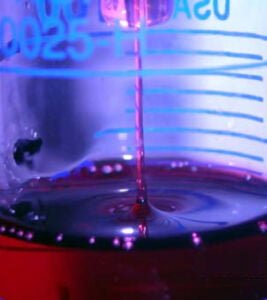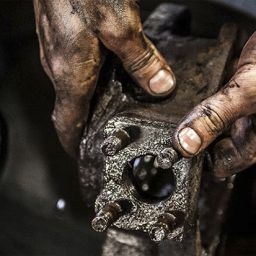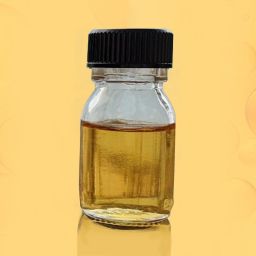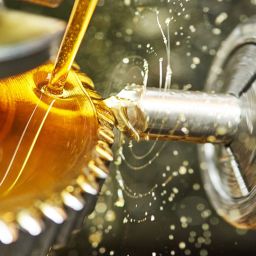
Tackifiers


What are they? These additives are polymers, which provide tack or stringiness to the base fluid.Tack is considered a composite property that is determined by cohesive and adhesive forces, viscosity, and other factors such as molecular weight and concentration of the polymeric additives used in the formulation of these additives. High cohesive forces allow the lubricant to remain bound together as a single mass, while high adhesive forces cause it to remain on the surfaces to be lubricated.
The viscoelastic properties of polymer solutions depend on the concentration of the polymer and various molecular parameters of the polymer which are determined by its chemical structure. The most important parameters are the molecular weight of the polymer (and to some extent the molecular weight distribution) and the structure of the polymer chains. Another key parameter is base viscosity.
The most common polymers used as tackifiers are high molecular weight polyisobutylene (PIB) and olefin copolymer (OCP). OCP tackifiers confer lower string lengths than those PIB tackifiers. However, the shear stability (SS) of OCP tackifiers is much higher.
What are the benefits? They provide adhesion in lubricants and consistency in greases. Additionally, they prevent lubricant dripping, inhibit mist dispersion in lubricants and increase lubrication time in machinery.
Where are applied? Typical applications where tackifiers agents are added include the following:
– Chain lubricants, guides, chain saws, cables
– Gear oils
– Greases
– Metalworking fkuids
– Corrosion protectants
– Textile machinery oils
Types of tackifier agents:
– Food grade: for incidental food contact.
– Bio-based: mainly used to provide adhesion in oils for saw chains and saw guides in environmentally sensitive locations. The polymers themselves are not readily biodegradable, but they allow the formulation of lubricants that meet EU Ecolabel criteria and are on the LUSC list.
– High temperature: additives that provide consistency and water resistance to thermally stable PAO and Group III oil-based lubricants and greases.
– For aqueous systems: non-hazardous and environmentally friendly additive that
thickens and provides adhesiveness to water-based fluids and emulsions.
What to consider?
– Like other polymers, can lose their properties if diluent polarity is changed. This problem usually arises when a polymer is mixed with another (more polar) additive, such as a motor oil package or a sulphonate emulsifier. Incompatibility can be avoided by considering the mixing sequence: when mixing a polymeric additive and a polar additive, always completely dissolve one additive in the lubricant base before starting to add the other.
– Higher viscosity additives can be difficult to mix with low viscosity thinners. Poor
mixing may lead to incompatibility when other additives are added. If agitation is not sufficient for good mixing, the easiest solution is to heat the adhesive before mixing.
– Thermal decomposition: polyisobutylene tackifiers start to decompose above 100°C.
Contact our specialists to explore our catalogue of tackifiers.













